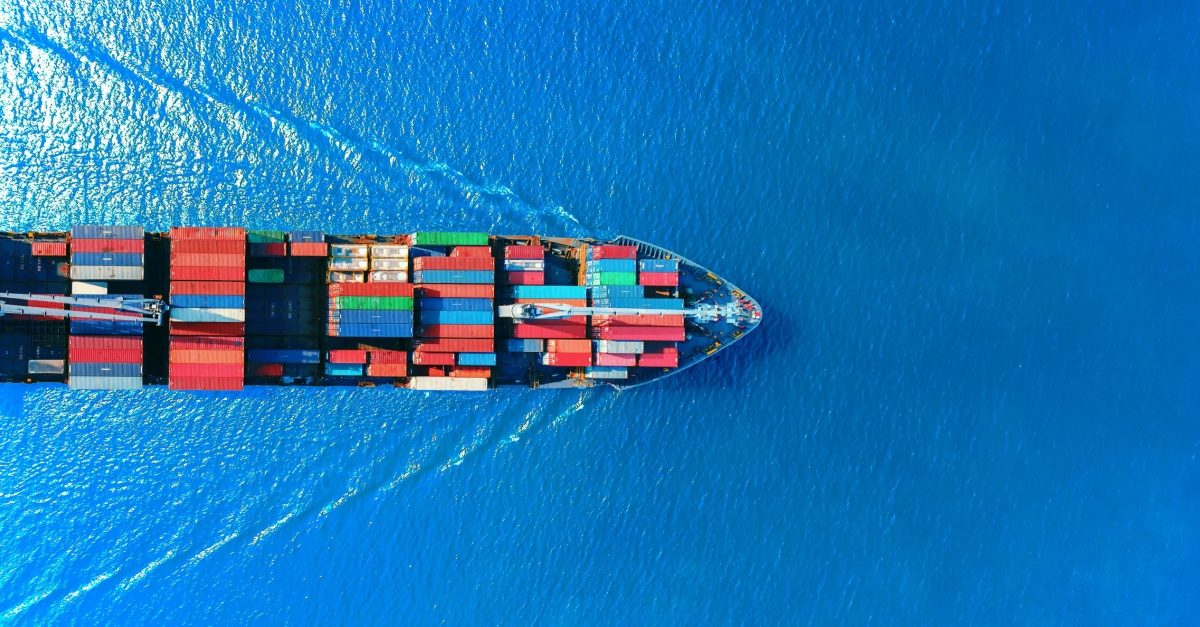
Navigating Troubled Waters: Red Sea and Panama Supply Chains Face Congestion Crisis
Effective supply chains are critical to the seamless movement of commodities in the complex dance of international trade. But recent occurrences have caused a rippling effect throughout these essential commercial corridors. The Red Sea shipping issue is destabilising supply chains because the Suez Canal handles thirty percent of the world’s container commerce. Changes in supply chain dynamics are anticipated as a result of the disruption to freight operations, which may result in adjustments to how products are moved around Asia. Congestion in the Suez Canal, which was already impacted by low water levels because of a regional drought that has been ongoing since July or August, has been made worse by the recent militant attacks. Two vital routes for international trade, the Red Sea and the Panama Canal, are currently experiencing traffic problems that could seriously disrupt global supply chains.Let’s find out more about navigating these turbulent times.
The Mystery of the Red Sea
An important maritime route that connects Europe, Asia, and Africa is the Red Sea, which has drawn the attention of the shipping sector recently. Maritime commerce has been severely hampered by the continuous fighting and instability in the region, especially around the port of Hodeidah in Yemen and the Bab el-Mandeb Strait. Military operations, naval blockades, and elevated geopolitical tensions have all added to the delays and unpredictability experienced by ships passing through this vital canal. Shipping companies are forced to reevaluate their routes and implement extra security measures due to the potential of piracy, which exacerbates the situation and raises prices and transit times.
Moreover, the Red Sea is an essential route for the movement of oil and other energy resources, thus any disturbances in this area have an impact on the entire world energy market. In addition to impeding the flow of products, the Red Sea’s congestion and unpredictability have significant effects on energy costs and the stability of the world economy.
The Mystery of the Panama Canal
The Panama Canal, on the other hand, is dealing with its own set of difficulties thousands of miles away. Even while the canal is regarded as a modern engineering marvel and a key component of international trade, it is finding it difficult to handle the increase in shipping traffic and the expanding size of vessels. Congestion at the Panama Canal is a result of the world’s marine fleet’s fast expansion and the rising demand for consumer products.
Bigger ships, referred to as Neopanamax ships, take longer to pass through the canal, which slows other boats that are in the queue. Furthermore, bad weather and repair projects can worsen traffic, causing expensive delays and interruptions for shippers. In addition to hindering supply chain productivity, the Panama Canal’s congestion raises questions about the canal’s ability to accommodate future increases in maritime traffic. Stakeholders are urging infrastructural and technological investments to modernise the canal and ease congestion as trade volumes continue to climb.
Navigating the Obstacles Ahead
To lessen the effects of traffic in the Red Sea and Panama Canal, stakeholders in global supply chains need to take the initiative in the face of these difficulties. Governments, shipping firms, port authorities, and international organisations must work together to resolve the underlying problems and guarantee the uninterrupted flow of products. Infrastructure improvements, such modernising navigational systems and enlarging port facilities, can increase the effectiveness of and capacity of maritime routes.
Infrastructure Investments
The efficiency and capacity of maritime routes can be improved with infrastructure investments, such as the updating of navigation systems and the enlargement of port facilities. Similarly, controlling disruptions and enhancing supply chain resilience depend heavily on programmes that support openness, information sharing, and risk management. Additionally, a less reliance on weak chokepoints like the Red Sea and Panama Canal can be achieved by diversifying the means and routes of transportation. In the face of geopolitical unpredictability and traffic, shippers may find that they have more flexibility and resilience when they investigate alternate routes like the Northern Sea Route or the Cape of Good Hope.
In Summary
The Red Sea and Panama Canal traffic congestion crisis highlight how intertwined global supply chains are and how crucial efficient risk management is. Businesses must prioritise supply chains that connect several sources and geographical areas, and they must also prioritise improving supplier communication and consolidation in order to guarantee seamless shipment. Create a risk-assessment strategy to pinpoint and track hazards at every stage of the supply chain. In order to promptly detect and resolve problems, firms should invest in technology that digitally transforms a supply chain and provides real-time data insights. In order to traverse these turbulent waters and guarantee the continuous vitality of international trade, stakeholders should prioritise collaboration, infrastructure investment, and diversification of transportation routes.
Author’s Bio
Sehrish Huma has been teaching as a Lecturer in public and private universities and actively publishing research papers in the field of supply chain management. She may be contacted at Sehrish.huma@gmail.com
Advance your shipping capabilities with IoSCM. Call 0800 1422 522 today to find out more or visit the courses page on the website for further information.

